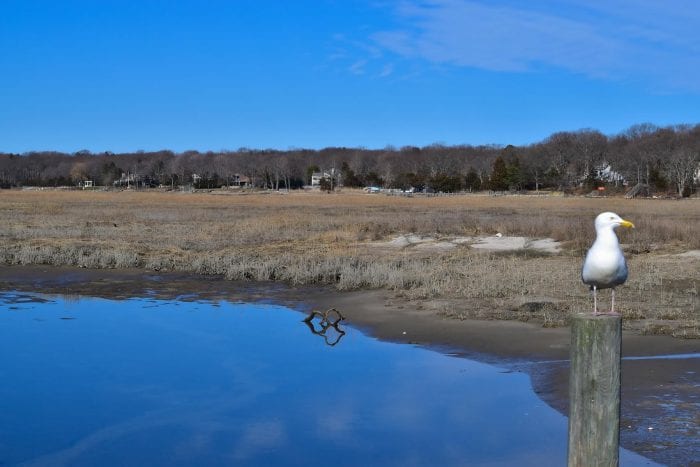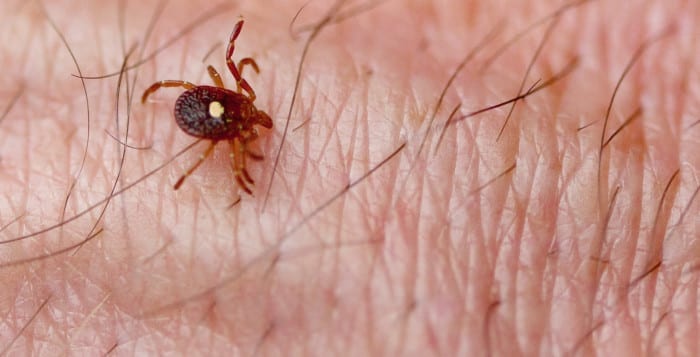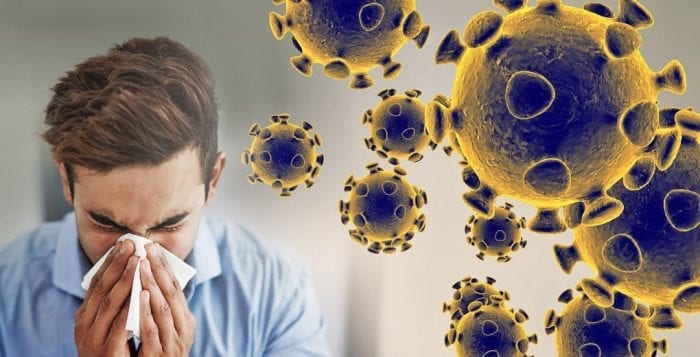By Angela Palumbo
In January 2020, former President Donald Trump (R) signed an executive order that replaced the U.S. Environmental Protection Agency’s and the U.S. Army Corps of Engineers definition of what is considered a federal body of water under the Waters of the United States rule, known as WOTUS.
In his election campaign, President Joe Biden (D) promised to undo these changes, which are currently under review.
But what does all of this mean for Long Island?
Wetlands are areas where water covers the soil, or is present near the surface of the soil all year for varying periods of time. According to a U.S. Fish and Wildlife Service report, as at 2004 6% of Long Island was made up of wetlands — that’s about 51,000 acres.
Wetlands, due to their beneficial services to people and wildlife — including providing habitats to multiple species, improving water quality and assisting with flood protections —are among some of the most productive ecosystems in the world.

Wetland protections can also create problems for business developers and farmers. One of Trump’s main reasons for passing his executive order in 2020 was to redefine the definitions of which bodies of water could be protected under WOTUS in order to remove legal roadblocks to farmers caused by the need to determine whether water on their land fell under control of the federal government.
“After decades of landowners relying on expensive attorneys to determine what water on their land may or may not fall under federal regulations, our new Navigable Waters Protection Rule strikes the proper balance between Washington and the states in managing land and water resources while protecting our nation’s navigable waters, and it does so within the authority Congress provided,” said EPA administrator, Andrew Wheeler, in a January 2020 news release.
Now, due to the undoing of restrictions by Trump’s administration, local conservationists are worried about the long-term effects on Long Island’s wetlands.
Coby Klein, a conservationist at the Huntington-Oyster Bay Audubon Society and adjunct professor of Natural Sciences at Baruch College, said that Long Island’s wetlands are beneficial to both the community and the organisms that dwell in them, and they need to be preserved.
“Wetlands provide protection from flooding, especially the coastal wetlands, the salt marshes and things like that,” he said. “They also help work to mitigate climate change. When plants die in these wetland areas, they don’t decompose very quickly. They serve as what’s called a carbon sink. Instead of carbon being put back into the atmosphere when a plant dies, it gets stored in the soil and in the muck in the water.”
Victoria O’Neill, Long Island Sound Study habitat restoration coordinator at the state Department of Environmental Conservation, is another local conservationist who confirms that healthy wetlands are important to Long Island.
“Tidal wetlands provide many different ecosystem services to Long Island communities,” she said. “They help provide protection from coastal storm surge, improve water quality, provide recreational enjoyment and serve as nesting, breeding and resting grounds for commercial and recreationally important fish and shellfish.”
With all of the benefits wetlands provide to Long Island communities and ecosystems, why did the federal government want to push back on protecting them? Klein said it is because, “they get in the way.”
“When there’s any type of pollution that gets into a body of water, it ends up in a wetland,” Klein said. “That’s bad news for the things that grow there and live there. Salt marshes are very susceptible to nitrogen pollution, and that’s a big problem on Long Island because almost everybody around here fertilizes their lawns, and they tend to overfertilize.”
He added that because of the high volume of sewage systems on Long Island, the excess fertilizer from people’s lawns and farmers’ fields tends to go from the sewage systems to large bodies of water and then eventually into rivers and wetlands. This causes excess nitrogen that is detrimental to those ecosystems.

Under Trump’s redefinition of protected waters under WOTUS, it has become easier for developers and farmers to make those kinds of damages to wetlands but, according to the DEC, New York is taking great steps forward as a leader in the efforts to protect state wetlands and their invaluable natural habitat.
“It is estimated that the Navigable Waters Protection Rule will remove federal protections for about half the nation’s wetlands,” the state DEC said in a 2020 statement. “Thankfully, existing strong protections of waters in New York state will reduce the impact of the Navigable Waters Protection Rule compared to many other states. However, not all wetlands are protected under New York law and we rely on federal protection and our water quality certification review to protect smaller wetlands. Recent changes in the definition of Waters of the United States have resulted in fewer of these smaller wetlands receiving any regulatory protection.”
According to O’Neill, active steps are being taken to restore wetland habitats that have been lost.
“The tidal wetland ecosystem target in the LISS’s 2015 Comprehensive Conservation & Management Plan set a goal to restore 515 additional acres of tidal wetlands by 2035 from a 2014 baseline,” she said. “As of 2020, we are 15.5% toward our goal.”
Klein said that restoration projects are time sensitive and need to happen as soon as possible.
“Wetlands provide us with all kinds of important ecosystem services and even more important than that, they’re just pleasant places,” he said. “We should try to preserve them simply because there are so many creatures besides us that depend on them. So even if they didn’t do all this important stuff for us, we should still try to conserve them because they do important things for other species.”
To see more photos, visit tbrnewsmedia.com.

















